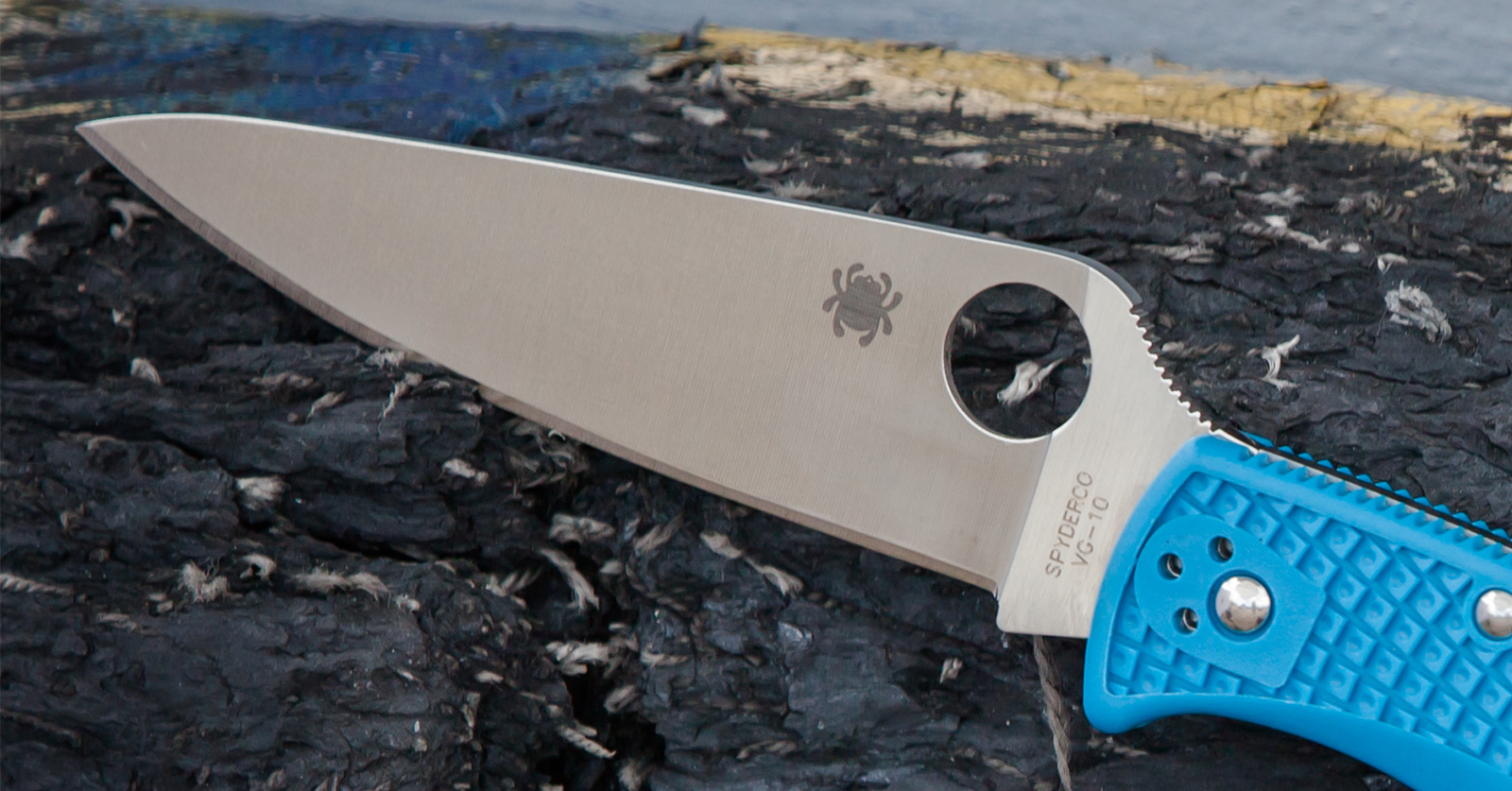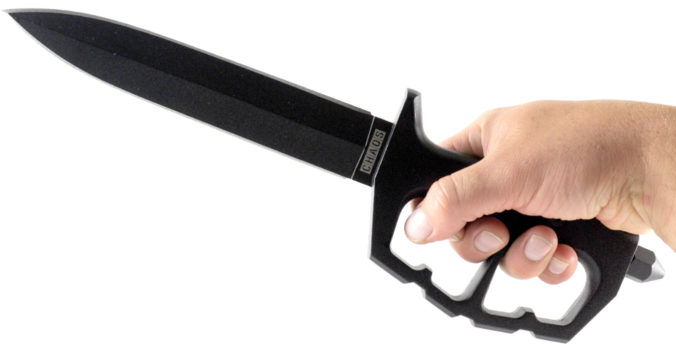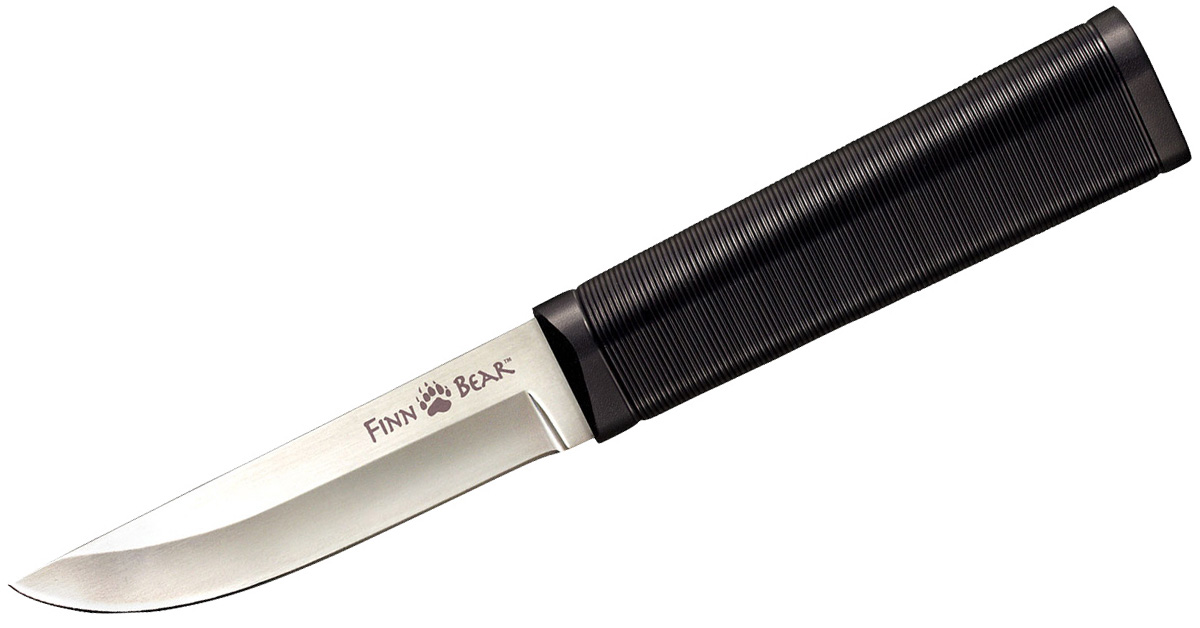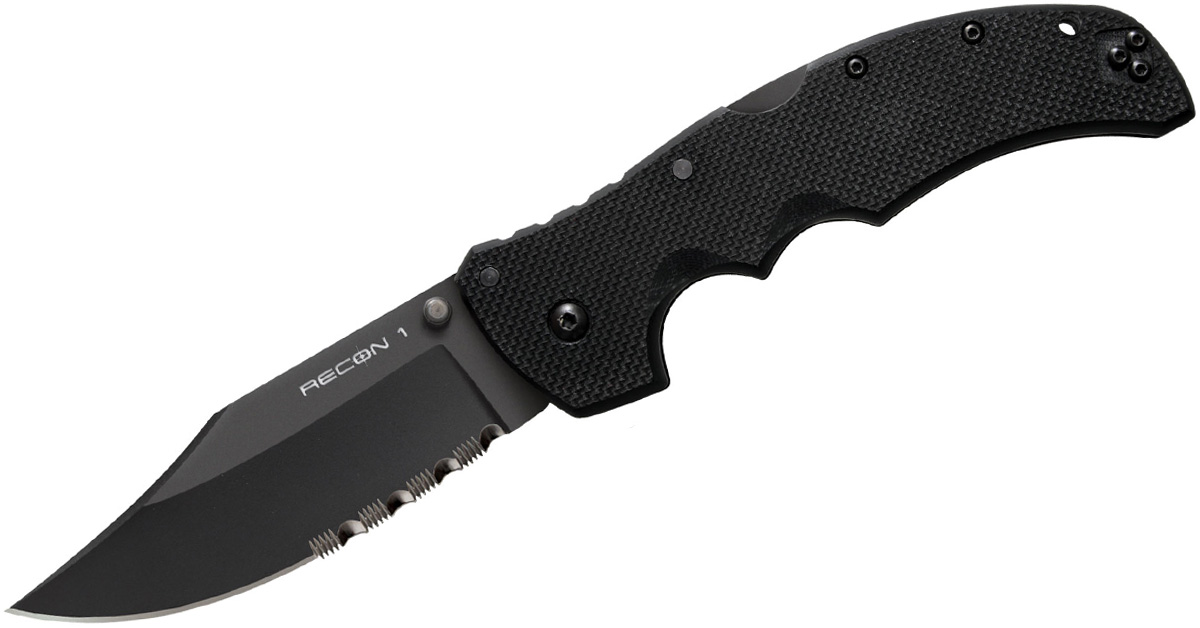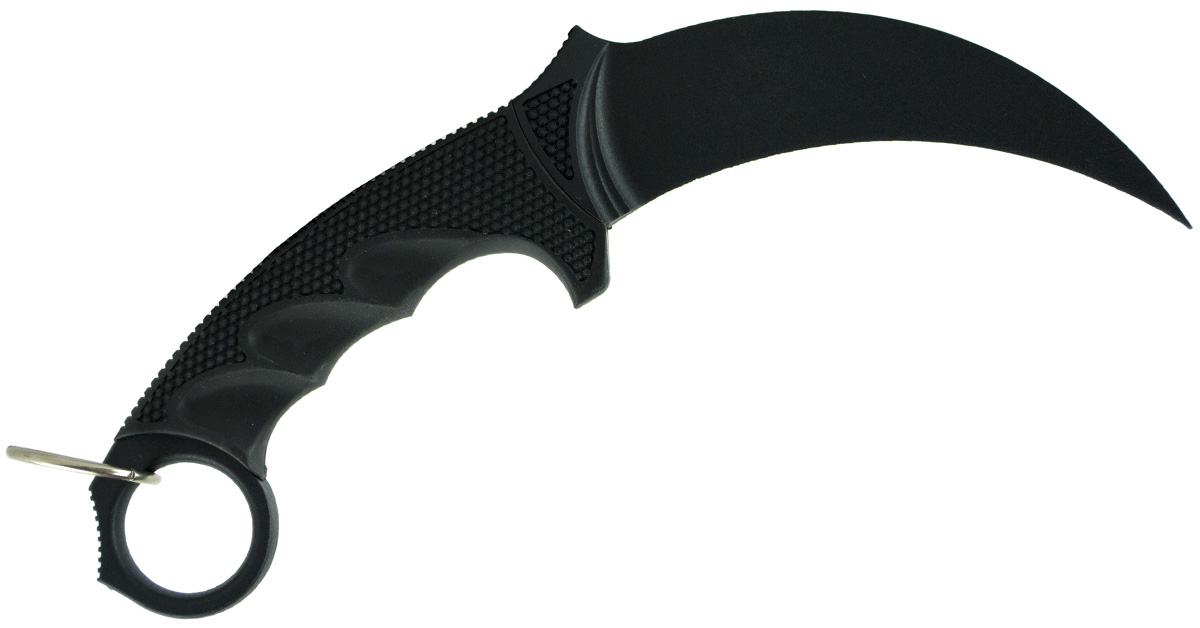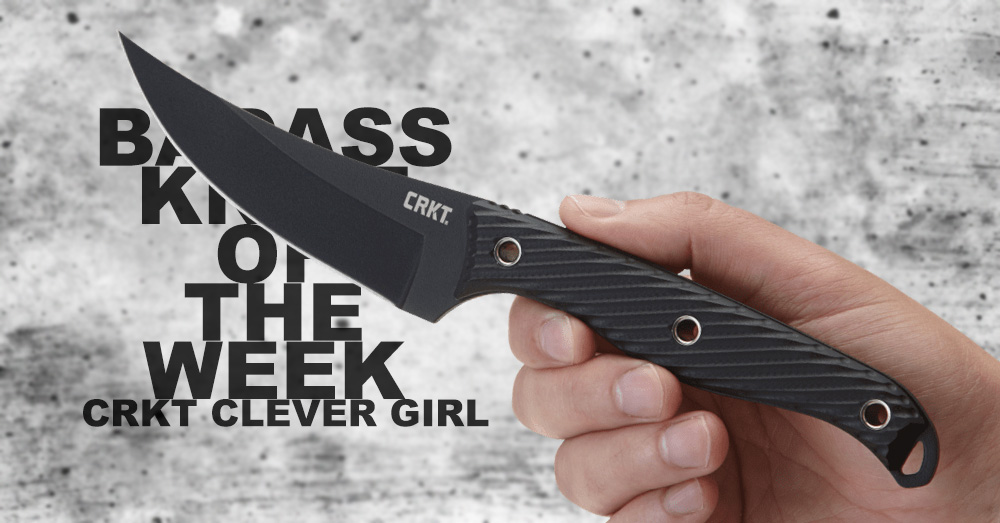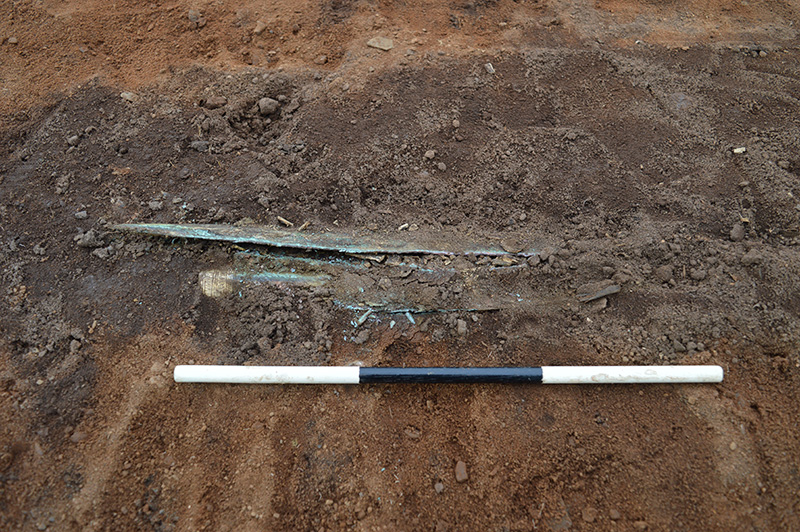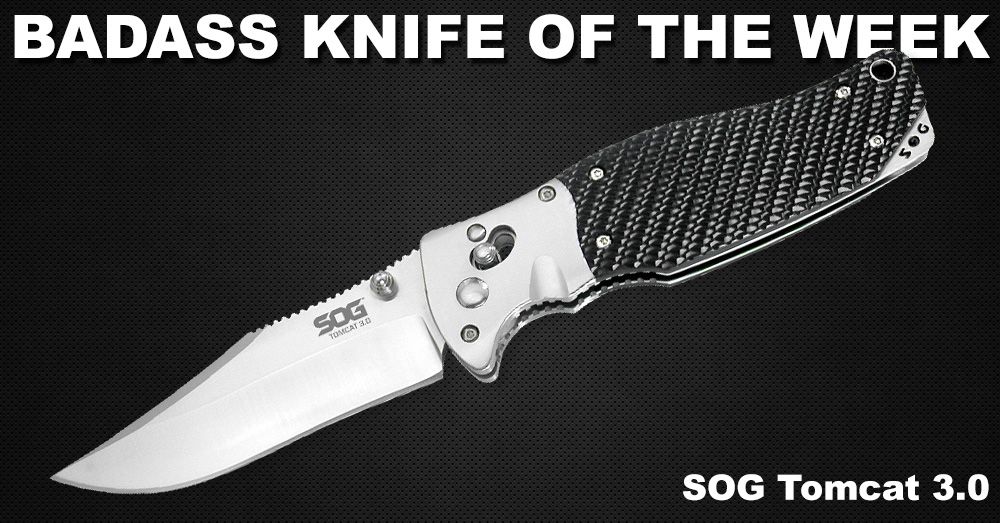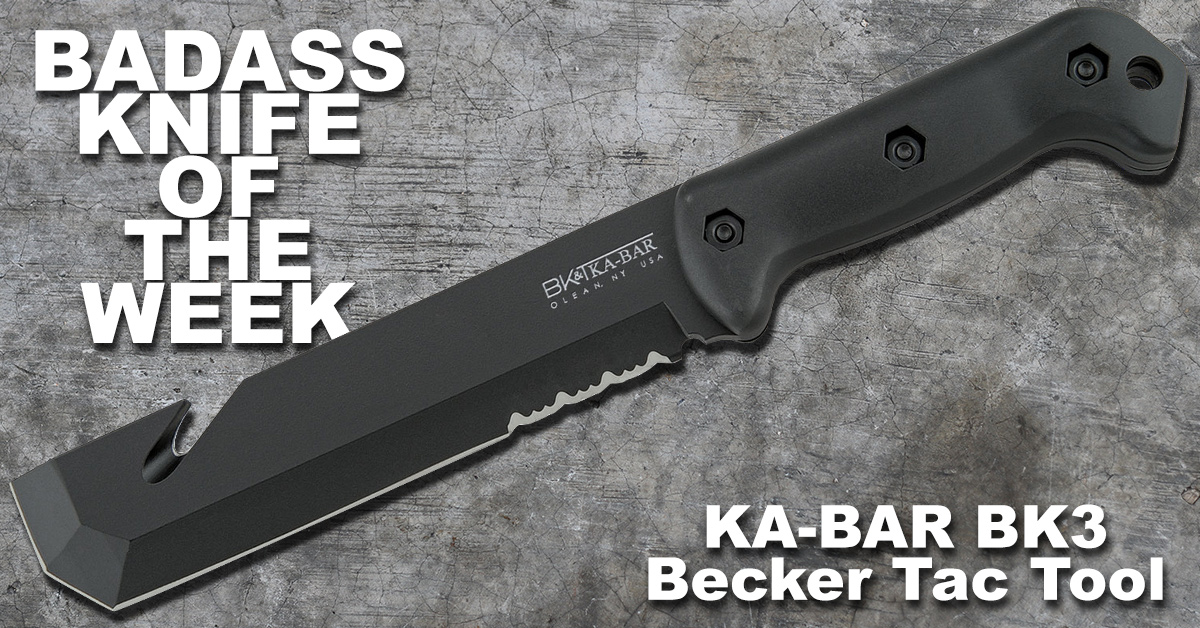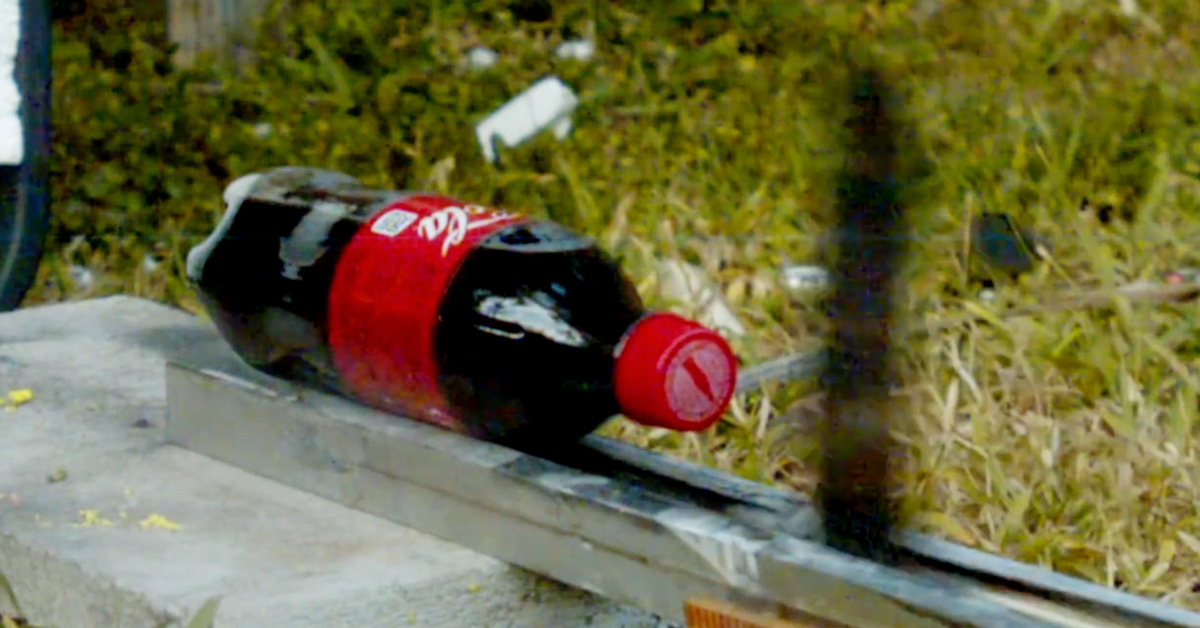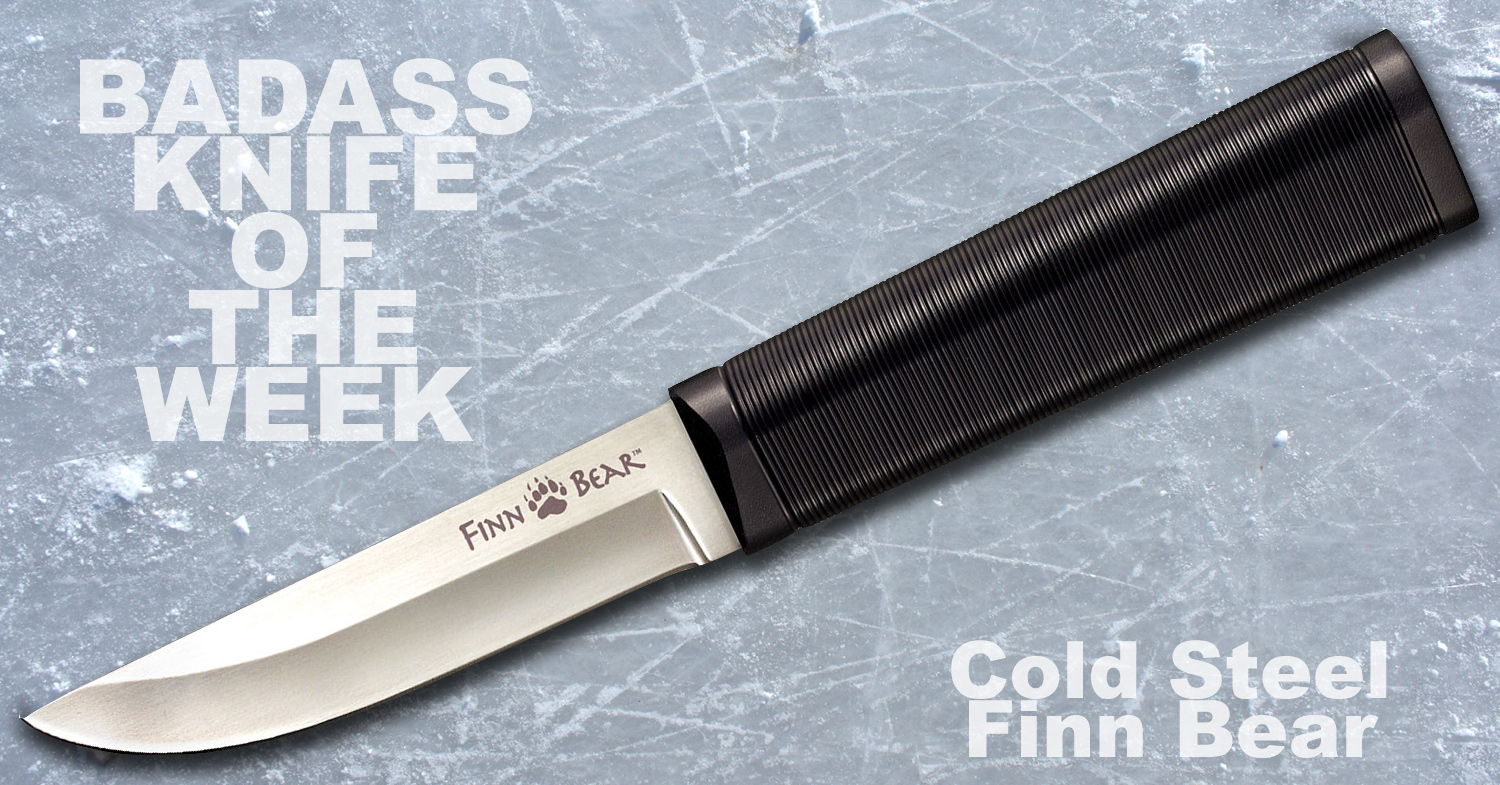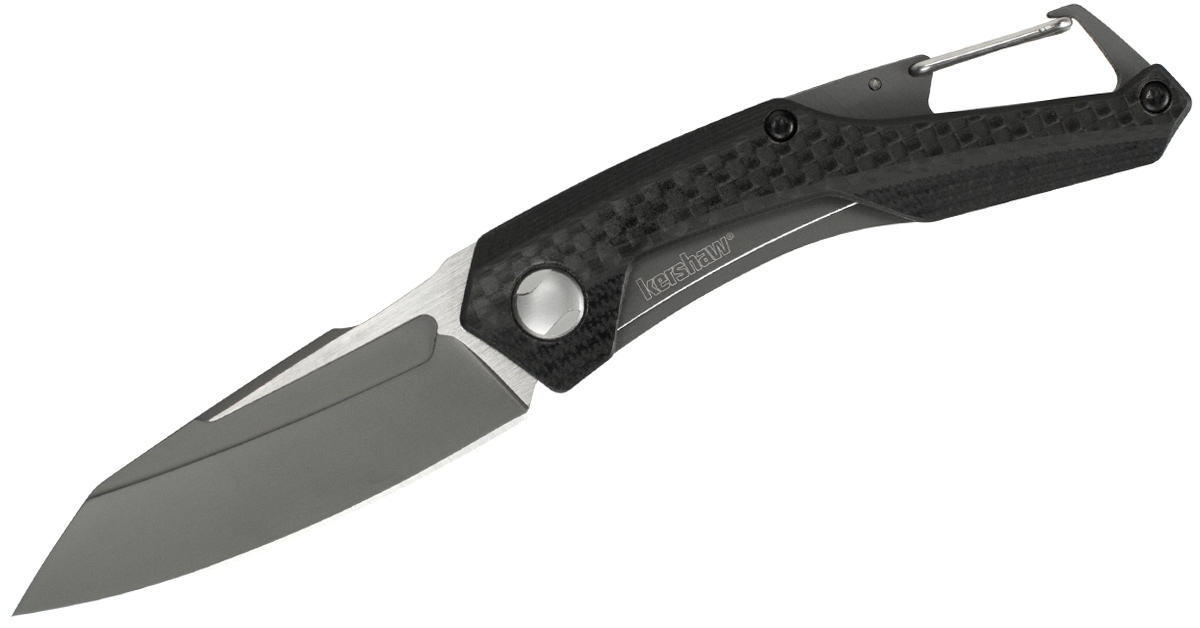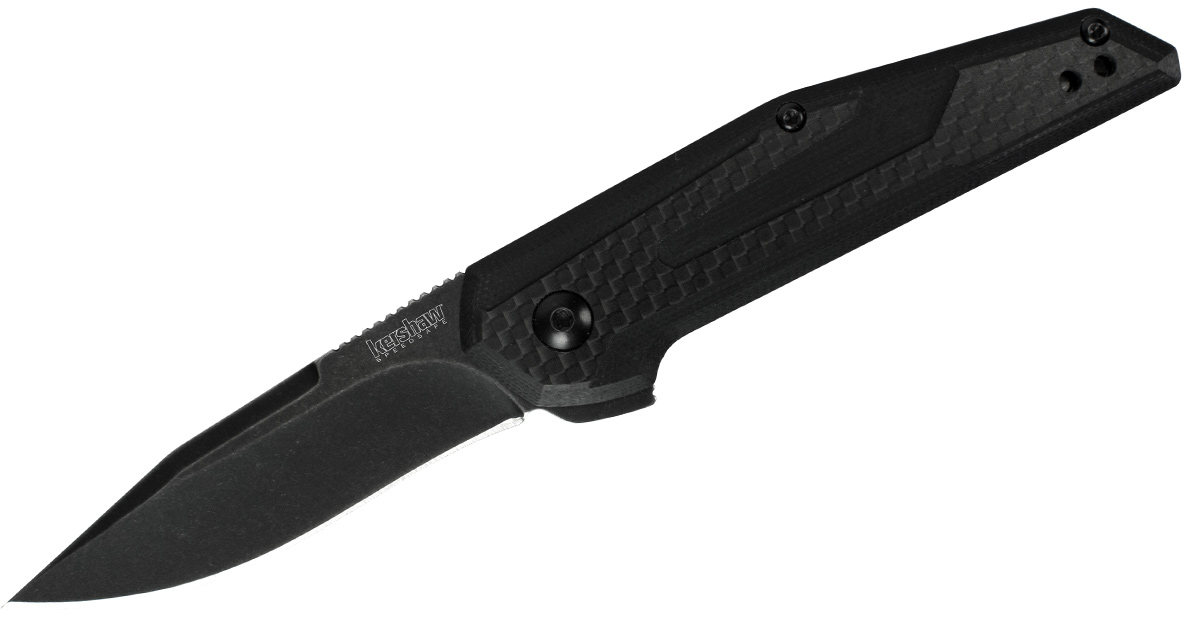If you’ve bought a knife in the past, you’ve undoubtedly seen something like “HRC 56-58” in the specs.
You may know that it represents the hardness of a blade or even that it is measured on the Rockwell scale. But if you don’t know what it actually means for your knife, you’re not alone.
Understanding the Rockwell hardness is not the most intuitive thing out there, but with a little information, you can be more informed about the characteristics and performance of your knife.
Let’s delve in.
What is the Rockwell Scale?
A blade’s hardness is based on the Rockwell scale. The Rockwell scale was cocreated by Hugh and Stanley Rockwell in the early 20th century to test the hardness of different materials. There are several different scales by which a material’s hardness is measured on, but blade steels are measured on the C scale. (HRC means Hardness on Rockwell scale C.)
To find the value, a diamond-tipped cone is impressed into the steel to measure the depth of the indentation. It’s pressed into the steel at two levels of pressure and then the numbers are measured before calculating the results into the HRC via a formula.
Here is a quick video talking about the measuring process.
Rockwell testing can leave a mark on the steel, which is why many makers measure it on a part of the steel that’s concealed by the handle.
What Does HRC Mean?
So now that you know how it’s tested, what does the number actually mean? The HRC — which also goes by other abbreviations like RC — lets you know the hardness of the steel. A low HRC number means the steel is softer and a higher number means it’s harder.
